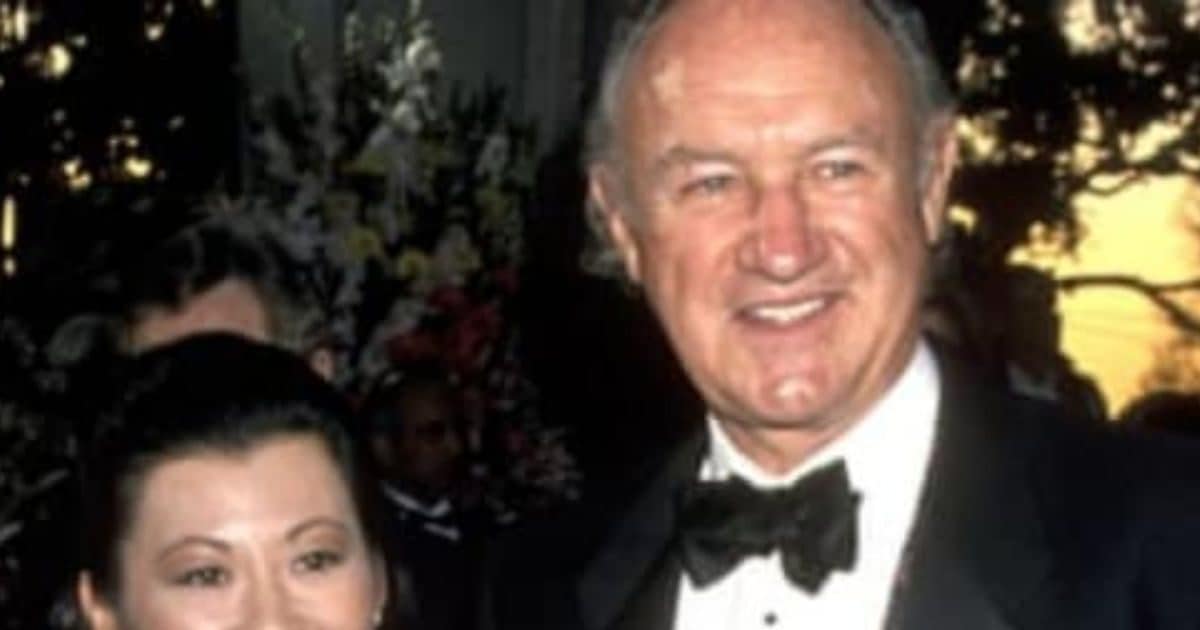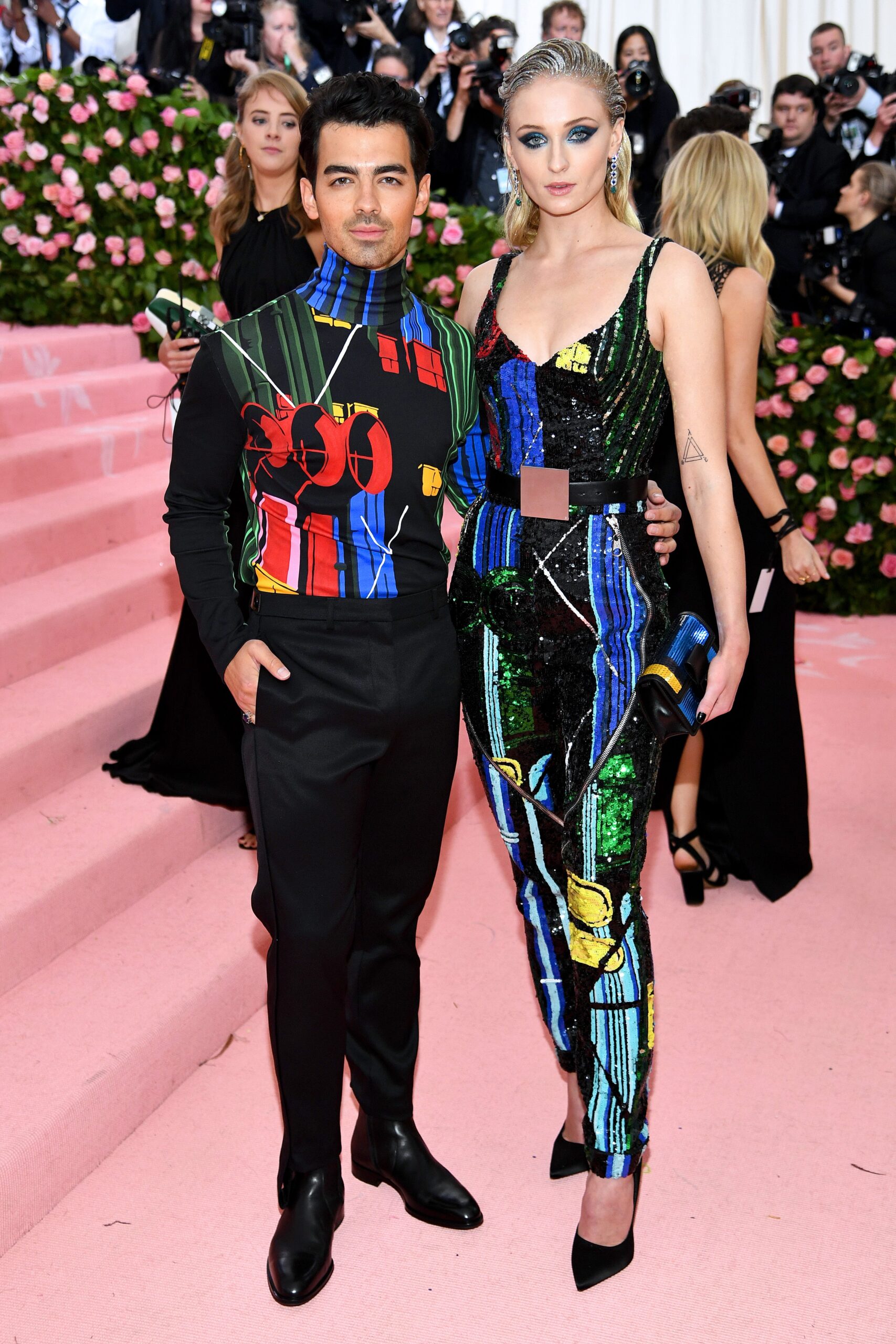It’s a quiet Tuesday evening. You’ve finished your work, settled onto the couch, and opened your preferred social media platform. Suddenly, your feed is hijacked by a video you didn’t know you needed. It’s Ryan Reynolds, in the midst of a high-stakes, sci-fi action scene, trying to deliver a dramatic line. But instead of the stoic, witty hero you see in the final cut of the blockbuster Starlight Salvage, he’s corpsing—dissolving into uncontrollable, snorting laughter because a background extra, dressed as a seven-foot-tall, bug-eyed alien, has just tripped over a cable.
The clip is 45 seconds long. You watch it once. You chuckle. You watch it again, and a full-bellied laugh escapes. You share it with three friends. Within 72 hours, this clip, and a compilation of others like it, have amassed over 50 million views across TikTok, Twitter, and YouTube. The official Starlight Salvage blooper reel, released by the studio, has become a global sensation, offering a priceless glimpse behind the polished facade of a $200 million film.
But why? What is it about these unscripted, imperfect, and often silly moments that captivates us so deeply? The viral nature of “Goofing Off On Set: Ryan Reynolds’s Hilarious Bloopers from ‘Starlight Salvage'” is not an accident. It is the result of a perfect storm of human psychology, modern media consumption, and the unique, pressure-cooker environment of a film set. This article will delve deep into this phenomenon, exploring the magic of bloopers from the inside out.
The Phenomenon: Deconstructing the ‘Starlight Salvage’ Blooper Mania
The specific compilation that took the internet by storm features a series of outtakes from the critically and commercially successful film Starlight Salvage. The movie itself is a serious, visually stunning epic about a crew of deep-space scavengers who discover a weapon that could threaten the galaxy. Ryan Reynolds plays Captain Jax Rylon, a character with a tragic past and the weight of the universe on his shoulders—a role that, on the surface, allows for less of the meta-humor Reynolds is known for in his Deadpool persona.
The blooper reel, however, reveals a different story entirely. The most viral moments include:
- The Alien Trip: As described, Reynolds breaking character after a clumsy alien extra stumble, leading to a five-minute laughing fit that required the set medic to bring him water so he could catch his breath.
- The Mispronunciation Marathon: A tense scene where Reynolds had to explain a complex quantum drive to his co-star, only to repeatedly mispronounce “theoretical” as “theatrical” (“It’s powered by a theatrical particle accelerator!”) before devolving into self-deprecating rage.
- The Prop Failure: A crucial moment where Captain Rylon is meant to dramatically draw his plasma pistol, only for the elaborate prop to emit a sad, squeaking noise instead of a powerful hum. Reynolds’s ad-libbed line, “Seems the battery’s dead. Does anyone have a double-A?” was kept in the reel.
- The Co-Star Prank: A hidden camera reveal that co-star and longtime friend, actress Anya Sharma, had been subtly making ridiculous faces just off-camera during Reynolds’s most emotional monologue, causing take after take to be ruined by his infectious laughter.
These clips did more than just generate laughs; they humanized a massive Hollywood production. They stripped away the CGI, the professional sound mixing, and the meticulous editing, revealing the collaborative, often chaotic, and fundamentally human endeavor that filmmaking truly is.
The Art and Science of the Blooper: More Than Just Goofing Off
To the casual viewer, bloopers are just funny mistakes. But from within the industry, they are recognized as a complex part of the filmmaking ecosystem. Their creation, curation, and release are often strategic.
The Psychological Pressure Valve
A film set, especially for a high-budget tentpole like Starlight Salvage, is a high-stakes environment. Days are long, pressures are immense, and the financial clock is always ticking. A single scene can cost tens of thousands of dollars per hour to shoot.
“In this pressure cooker, laughter is not just a luxury; it’s a necessity,” says Dr. Evelyn Reed, a psychologist who specializes in workplace dynamics and creative industries. “When a blooper happens—when a serious actor cracks a joke or a prop fails spectacularly—it serves as a collective psychological release. It breaks the tension, reduces cortisol levels, and rebuilds camaraderie. That moment of shared laughter between the director, the A-list star, and the grip resets the social hierarchy and reminds everyone that they are a team.”
Ryan Reynolds is famously known for this. His propensity for humor, even in serious roles, isn’t unprofessional; it’s a leadership tool. By initiating these moments, he democratizes the set and alleviates the shared burden of pressure.
The Deliberate Craft of the “Gag Reel”
It’s a common misconception that blooper reels are simply a collection of every mistake made during production. In reality, they are carefully crafted pieces of content.
“We have a dedicated team, often within the editorial department, that starts cataloging potential blooper material almost from day one,” explains Michael Carter, a veteran film editor with over two decades of experience on major studio films. “We’re looking for specific things: not just any mistake, but mistakes with a payoff. It has to be visually funny, it has to involve key cast members, and ideally, it reveals a charming personality trait. Ryan Reynolds ad-libbing a joke is gold. An unknown extra sneezing? Not so much.”
The final reel is edited for pacing, often set to upbeat music, and structured to build to a crescendo of laughter. It’s a short film in its own right, designed to entertain. The release is also strategically timed, typically as a marketing asset for the film’s home media release or to bolster its profile during awards season.
Ryan Reynolds: The Unlikely Architect of the Modern Blooper
While many actors feature in bloopers, Ryan Reynolds has elevated them to an art form and a core component of his brand. His approach is unique and multifaceted.
From “Green Lantern” to “Deadpool”: A Lesson in Authenticity
Early in his career, Reynolds participated in the standard, studio-produced gag reels. But the turning point was arguably the aftermath of Green Lantern. The film was a critical and commercial disappointment, and Reynolds’s relationship with the material was famously strained. In the years that followed, he mastered the art of self-deprecation, openly mocking the film and his role in it. This resonated deeply with audiences. It showed a lack of ego and an understanding of the audience’s perspective.
When Deadpool became a cultural phenomenon, it was the perfect vehicle for his meta-humor. The marketing campaigns, often feeling like extended, real-world bloopers, were integral to the film’s success. He carried this philosophy into his other projects, including the more serious Starlight Salvage. By allowing the bloopers to go viral, he creates a dissonance that audiences love: the serious Captain Jax Rylon is also the goofball Ryan Reynolds. This duality makes the character more accessible and the actor more likable.
The Business of Being Funny
Reynolds isn’t just joking around; he’s a shrewd businessman. His ownership of Mint Mobile and Aviation Gin has shown his genius for marketing, which is deeply intertwined with his personal brand of humor. The viral blooper reel is a masterclass in modern, organic marketing.
“It’s a value multiplier,” states Sarah Chen, a digital media strategist for entertainment brands. “A traditional 30-second TV spot during the Super Bowl costs millions. A blooper reel that goes viral? The production cost is essentially zero, as it’s a byproduct of the main project. Yet, its earned media value—the value of the organic shares, mentions, and press coverage—can dwarf that of a paid campaign. It keeps the film in the cultural conversation long after it has left theaters, driving digital rentals, purchases, and eventual streaming numbers. For Ryan Reynolds, it also reinforces his marketable persona, which directly benefits his other ventures.”
The Ripple Effect: How Viral Bloopers Impact the Industry and Audience
The success of the Starlight Salvage blooper reel has effects that extend far beyond a few million laughs.
Changing Audience Expectations
Today’s audiences crave authenticity. In an age of heavily curated social media feeds and digitally perfected celebrities, bloopers offer a raw, unfiltered look behind the curtain. This transparency builds a deeper, more meaningful connection between the audience and the art.
“We feel like we’re in on the joke,” says film critic and historian David Thomson. “There’s a sense of privileged access. We see that the majestic starship bridge is actually a set surrounded by green screens and crew members in cargo shorts. We see that the formidable co-star is actually a prankster. This doesn’t break the illusion; it enhances our appreciation for the illusion. It creates a parasocial relationship where we feel we know and like the people making the movies we love.”
This has led to an expectation for bonus content. A DVD or Blu-ray without a gag reel now feels incomplete, and studios have responded by producing more and higher-quality behind-the-scenes material.
Read more: Red Carpet Debut: Sophia Turner and Leo Chen Make Their Relationship Official at the Met Gala
A New Tool for Talent and Public Relations
For actors, a charming presence in a blooper reel can be a significant career asset. It showcases professionalism (the ability to laugh at oneself), likability, and team spirit. An actor known for being difficult on set is unlikely to feature prominently in joyful, collaborative bloopers.
For the film’s public relations team, a viral blooper reel is a gift. It generates positive press, deflects from any potential negative reviews or gossip, and creates a wholesome narrative around the production. In the case of Starlight Salvage, the bloopers sparked countless positive articles and talk show segments, all focusing on the fun, family-like atmosphere on set—a stark contrast to the headlines about stressful, toxic sets for other major franchises.
The Ethical Consideration: Where is the Line?
While generally positive, the culture of bloopers does raise questions. Is every moment of vulnerability or mistake fair game? The edited nature of the reel means we only see what the studio wants us to see.
“Consent is key,” argues Editor Michael Carter. “There’s a strict understanding on professional sets. The cameras are always rolling, but the blooper reel is vetted. If an actor has a genuine meltdown or a moment of real distress, that would never, ever be included. It’s about capturing shared joy, not humiliation. The best bloopers are moments where the entire crew is laughing together.”
The line is drawn between a “funny mistake” and a “professional failure.” The former is shareable; the latter is not.
Conclusion: The Enduring Magic of the Mistake
The viral journey of Ryan Reynolds’s bloopers from Starlight Salvage is a powerful testament to a simple truth: we are all human. In a world that often demands perfection, these fleeting moments of imperfection are a relief. They remind us that even the most glamorous, high-tech endeavors are built by people—people who trip over cables, forget their lines, and make each other laugh until they cry.
The blooper reel is more than a bonus feature; it is a vital document of the creative process. It captures the joy of collaboration, the necessity of humor under pressure, and the authentic personalities that bring our favorite stories to life. In deconstructing the flawless final product, we don’t diminish it; we celebrate the immense, often messy, human effort required to create that illusion. And in the case of a master like Ryan Reynolds, we are reminded that sometimes, the most memorable lines are the ones never meant to be in the script.
Read more: Surprise! [Studio] Just Released a Stunning New Teaser for [Movie Title]
Frequently Asked Questions (FAQ)
Q1: Are bloopers completely spontaneous, or are some staged?
A: The vast majority are genuine, spontaneous mistakes or reactions. However, it’s not uncommon for directors or actors to deliberately try to lighten the mood by staging a small prank or encouraging an ad-libbed joke with the specific intent of creating a “blooper” moment for the reel. The line is blurry, but the core emotional reaction—the laughter—is almost always real.
Q2: Why do some movies have blooper reels and others don’t?
A: Several factors contribute to this:
- Tone of the Film: A grim horror film or a devastating drama may not lend itself to a lighthearted gag reel.
- Directorial Style: Some directors maintain a very serious, focused set where bloopers are less frequent or discouraged.
- Cast Dynamics: If the cast doesn’t have a playful rapport, there will be fewer organic, funny moments to capture.
- Marketing Decision: The studio may decide that a blooper reel isn’t a good fit for the brand they are building for that particular film.
Q3: Has the digital age changed the way bloopers are handled?
A: Absolutely. In the past, bloopers were almost exclusively special features on DVD/Blu-ray. Now, with social media, the most potent clips are extracted and released as standalone content to drive engagement. This has increased their value as a marketing tool exponentially. There is also a greater need for security to prevent raw, unapproved outtakes from being leaked online.
Q4: Do actors ever get angry about bloopers?
A: It’s rare on professional sets because of the established norms of consent and curation. Actors are typically shown the proposed blooper reel before it’s released and have the right to veto any clip they are uncomfortable with. The process is collaborative and designed to be fun for everyone involved.
Q5: Besides comedy, what is the most valuable function of a blooper reel for the cast and crew?
A: For the cast and crew, the blooper reel serves as a personal memento. Making a film is a long, intense, and transient experience. The friendships and collaborations formed on set are deep but often short-lived as everyone moves on to new projects. The blooper reel becomes a cherished home movie that captures the joy and camaraderie of that specific, unique period in their lives and careers.
Q6: Are there any famous examples of bloopers actually making it into the final film?
A: Yes! Some of the most iconic lines in cinema were ad-libs or mistakes. In Star Wars: A New Hope, Harrison Ford’s line “I know” in response to Princess Leia’s “I love you” was an ad-lib. In Jaws, Robert Shaw’s slurred Indianapolis speech was the result of him being genuinely drunk, and Spielberg kept it. The blooper became immortalized as one of the greatest monologues in film history.




![Beyond the Headlines: A Psychological and Practical Deep Dive into the [Celebrity Couple] Split Beyond the Headlines: A Psychological and Practical Deep Dive into the [Celebrity Couple] Split](https://www.starbiopic.com/wp-content/uploads/2025/11/beyond-the-headlines-a-psychological-and-practical-deep-dive-into-the-celebrity-couple-split.jpg)